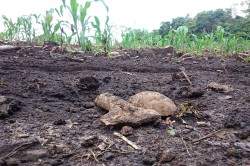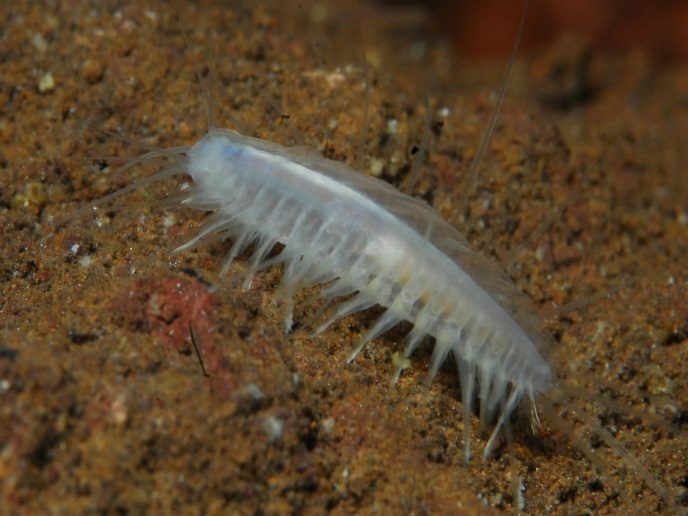The link between carbon sequestration and biodiversity
It is estimated that more than two thirds of Earth’s terrestrial biodiversity is found in forests. This biodiversity and the underlying ecological processes are of central importance to ecosystem services – the benefits provided by ecosystems to humankind. One essential service provided by forests is carbon sequestration: the capture and long-term storage of carbon dioxide, the main driver of climate change. The size of the carbon stores in forest soils is related to various factors. These include the amount of carbon entering the system through root and leaf remains, microbial biomass, and the loss of carbon via respiration and leaching. Mycorrhizae also contribute to carbon sequestration; these are symbiotic associations in soil between fungi and plant roots. The EU-funded LINKTOFUN (Linking tree and belowground biodiversity to forest ecosystem function) initiative studied natural forest ecosystems, managed forests and mixed plantations to improve understanding of the link between biodiversity and ecosystem function, specifically soil carbon dynamics. Project researchers investigated the role of tree and mycorrhizal diversity in soil carbon dynamics in Ethiopian forests. They also studied forest disturbance and soil carbon dynamics in Austria. In northern Ethiopia’s natural forests, the scientists established five study sites along a climatic gradient. At each site, they investigated inputs into the soil, via leaves and fine roots, in relation to tree biodiversity. Among their results, they found a strong relationship between specific leaf area and leaf chemical composition (nitrogen and phosphorus concentration). Specific leaf area is the ratio of leaf area to dry mass. Molecular and biogeochemical data from the Austrian sites were used to examine soil carbon dynamics and mycorrhizal communities, including at a disturbed site. The results from Austria and Ethiopia help to explain how the ecosystem service of carbon sequestration interacts with biodiversity above and below ground in forests. Understanding this relationship is important to help measure the resilience of forest ecosystems and their capacity to adapt to climate change.







